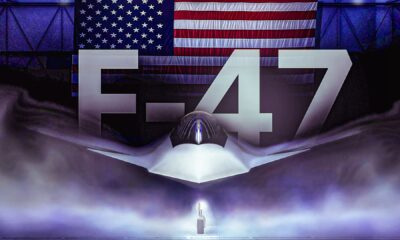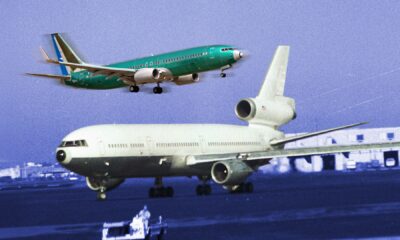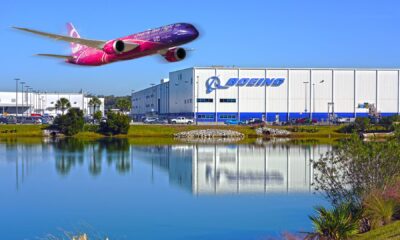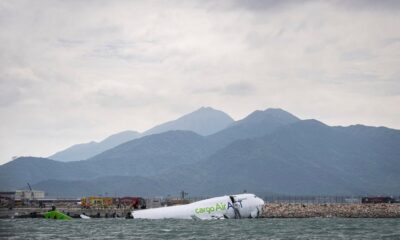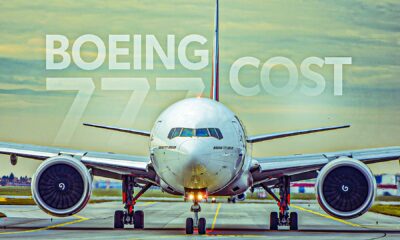World
Lockheed C-5M Super Galaxy: The Might of Military Transport
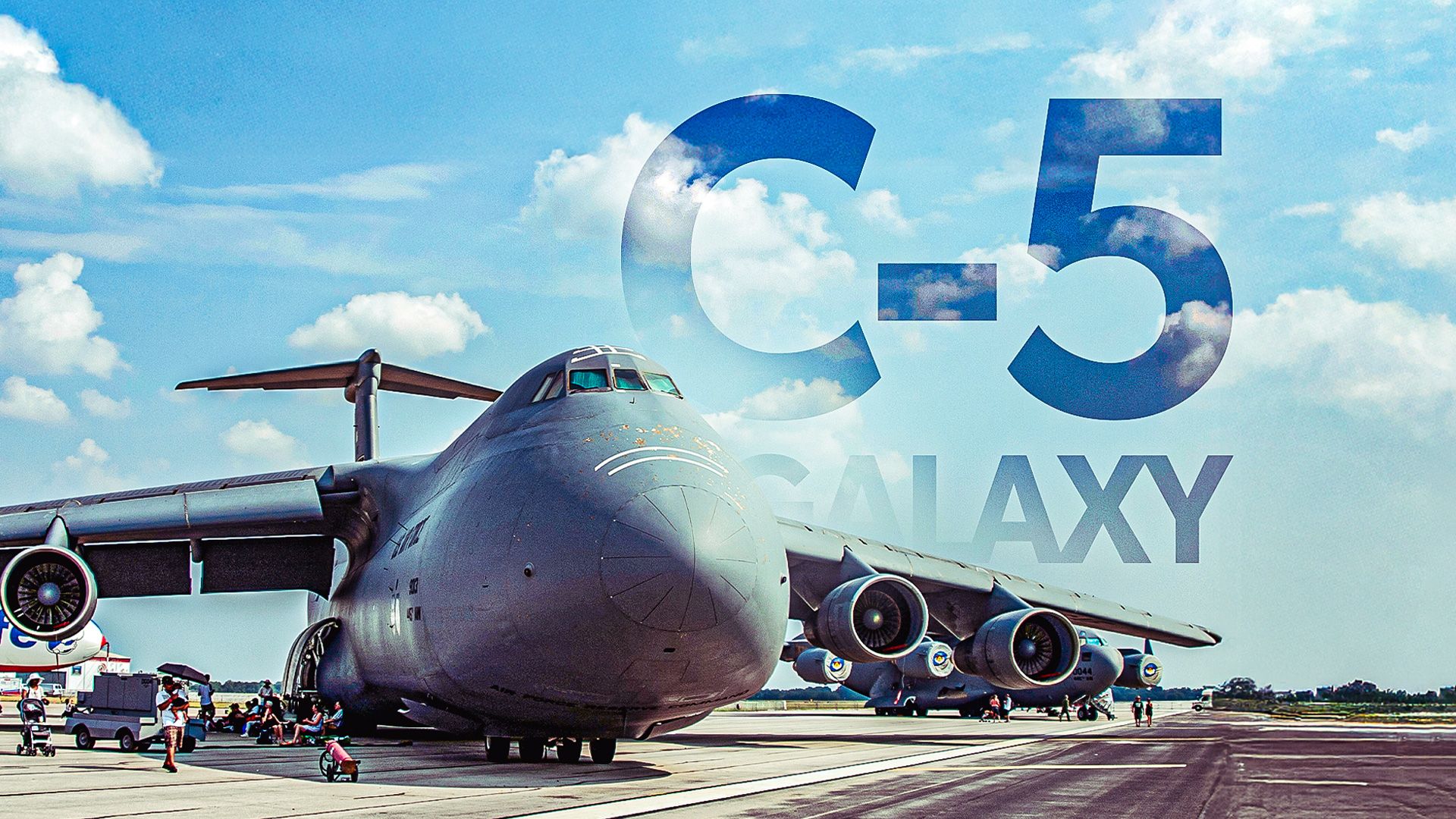
The Lockheed C-5M Super Galaxy stands as the largest military transport aircraft in the United States Air Force. While it does not hold the title of the largest in the world—currently claimed by the Antonov An-124 Ruslan—it remains an essential asset for US military logistics. This aircraft’s unique capabilities include a kneeling feature to facilitate loading and unloading, aerial refueling capabilities, and short take-off functionality, making it a versatile component of military operations.
Historical Context and Development
The journey to the C-5M’s development began in the 1960s when the US Air Force identified a pressing need for a large strategic military transport system. Multiple manufacturers competed, and Lockheed’s proposal, featuring advanced General Electric turbofan engines, ultimately won the contract. In contrast, Boeing’s design, powered by Pratt & Whitney engines, evolved into the civilian Boeing 747, which has seen extensive commercial success.
Lockheed produced a total of 131 C-5 aircraft in two production runs, with the final delivery occurring in March 1989. Today, the Air Force operates 52 upgraded C-5M Super Galaxies, each incorporating significant enhancements, including the replacement of older General Electric TF-39 engines with more powerful CF6-80C2-L1F engines. This upgrade has resulted in a notable boost in performance, providing a 22% increase in thrust, a 30% reduction in take-off roll, and a 58% enhancement in climb rate.
Comparative Specifications and Design
When comparing the C-5M Super Galaxy to the Boeing 747-8F, it is essential to recognize their distinct roles. The C-5M is primarily designed for military missions, capable of operating in austere environments, whereas the Boeing 747-8F serves commercial operations. In practical terms, the 747-8F surpasses the Galaxy in size; it is approximately eight feet longer and has a greater wingspan and thrust capacity.
The specifications highlight these differences:
– **Boeing 747-8F**: Length of 250 feet and 2 inches, maximum takeoff weight of 988,000 lbs.
– **Lockheed C-5M Super Galaxy**: Length of 247 feet and 10 inches, maximum takeoff weight of 840,000 lbs.
Despite these differences, the C-5M holds advantages in wing area and range with a standard payload. It also features a cargo compartment designed to accommodate a staggering 281,000 lbs, with 36 pallet positions, dwarfing the capacity of its closest counterpart, the C-17 Globemaster III.
The C-5M’s loading capabilities are noteworthy. It can be loaded or unloaded from both the front and the rear, allowing for simultaneous operations. Its unique nose that hinges upward, combined with a rear ramp, enables vehicles such as tanks and trucks to drive on and off with ease. The aircraft is capable of transporting two M1A1 Abrams tanks or even the fuselage of a disassembled C-130.
Beyond its military applications, two original C-5A models have been specially modified into Space Cargo Modified C-5Cs for NASA. These aircraft have transported vital components for missions, including parts of the Hubble Space Telescope.
Future Developments in Military Transport
As the C-5M Super Galaxy continues to serve, discussions surrounding future transport aircraft are ongoing. Radia is currently designing a new class of ultra-large transport aircraft known as the WindRunner. This proposed aircraft could transport oversized cargo, such as wind turbine blades, to remote locations. If developed for the Air Force, the WindRunner would significantly surpass the Super Galaxy in volume, offering seven times more internal space and the ability to transport complete systems without disassembly.
The WindRunner’s impressive specifications include:
– **Volume**: 240,000 cubic feet compared to the C-5M’s 33,900 cubic feet.
– **Pallet Positions**: 80 positions versus the Galaxy’s 36.
– **Payload Capacity**: 160,000 lbs compared to the C-5M’s 280,000 lbs.
The capabilities of the C-5M Super Galaxy solidify its role as a cornerstone of military logistics. Yet, as innovations in aviation continue to evolve, the future may bring even larger and more capable transport options to meet the demands of modern military operations.
-

 World3 months ago
World3 months agoScientists Unearth Ancient Antarctic Ice to Unlock Climate Secrets
-

 Entertainment4 months ago
Entertainment4 months agoTrump and McCormick to Announce $70 Billion Energy Investments
-

 Lifestyle4 months ago
Lifestyle4 months agoTransLink Launches Food Truck Program to Boost Revenue in Vancouver
-

 Science4 months ago
Science4 months agoFour Astronauts Return to Earth After International Space Station Mission
-

 Technology2 months ago
Technology2 months agoApple Notes Enhances Functionality with Markdown Support in macOS 26
-

 Top Stories3 weeks ago
Top Stories3 weeks agoUrgent Update: Fatal Crash on Highway 99 Claims Life of Pitt Meadows Man
-

 Sports4 months ago
Sports4 months agoSearch Underway for Missing Hunter Amid Hokkaido Bear Emergency
-

 Politics3 months ago
Politics3 months agoUkrainian Tennis Star Elina Svitolina Faces Death Threats Online
-

 Technology4 months ago
Technology4 months agoFrosthaven Launches Early Access on July 31, 2025
-

 Politics3 months ago
Politics3 months agoCarney Engages First Nations Leaders at Development Law Summit
-

 Entertainment4 months ago
Entertainment4 months agoCalgary Theatre Troupe Revives Magic at Winnipeg Fringe Festival
-

 Top Stories6 days ago
Top Stories6 days agoFamily Remembers Beverley Rowbotham 25 Years After Murder

